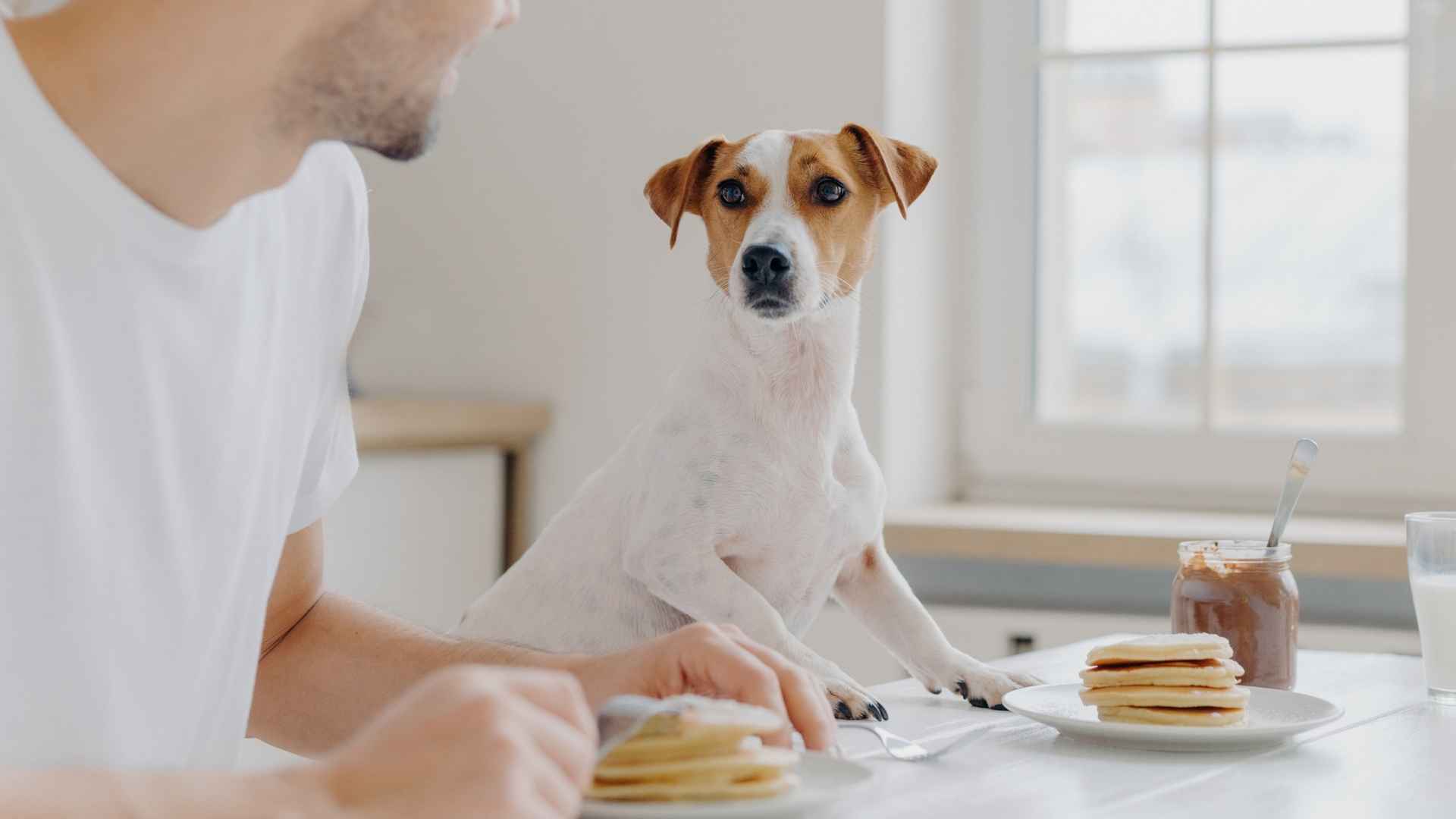Some dogs gobble up anything, while others turn mealtime into a battle of wills. The pickiest eater dog breeds are known for their selective tastes, rejecting kibble that’s too dry, flavors they dislike, or meals that don’t meet their high standards.
If your pup gives you that suspicious look at dinner, you’re not alone! Certain breeds are especially fussy, making owners experiment with different foods just to get them to eat.
So, which dogs are the hardest to please at mealtime? Let’s dive into the top 10 pickiest-eater dog breeds and what makes them so particular!
Pickiest Eater Dog Breeds
1. Yorkshire Terrier
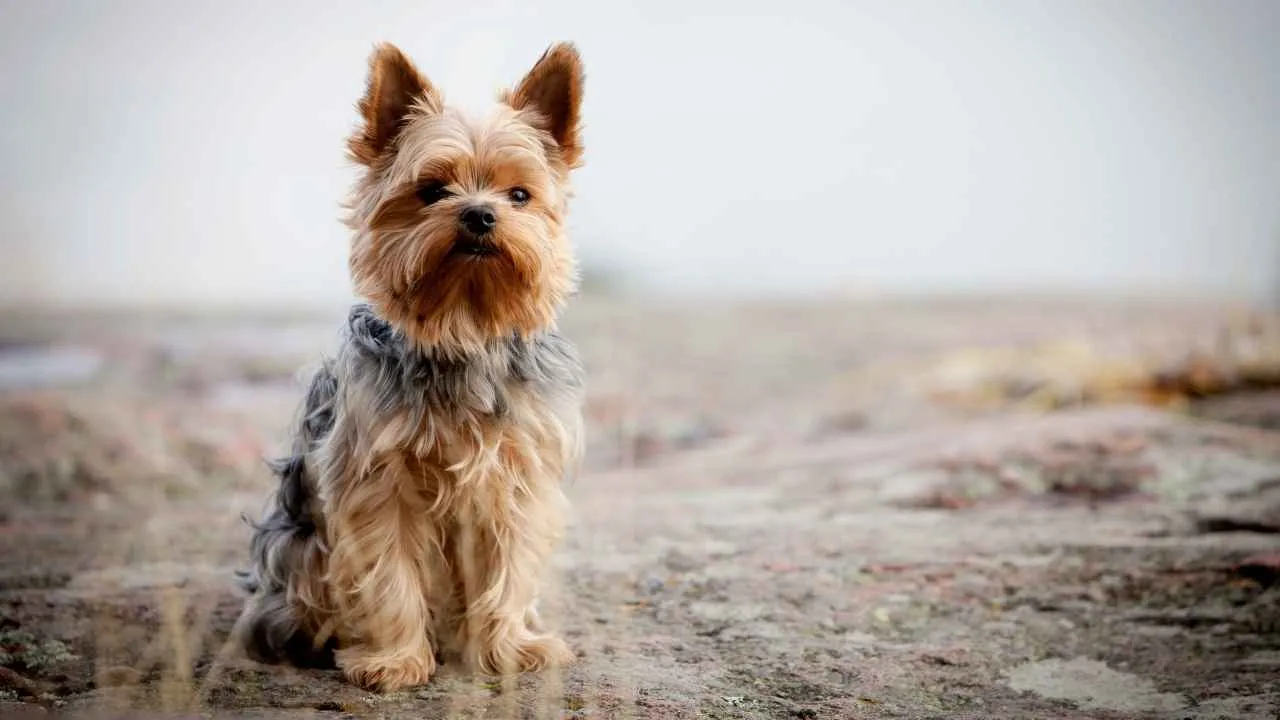
The Yorkshire Terrier, or Yorkie, is a small but spirited breed known for its luxurious silky coat and strong-willed personality. While they are full of energy and charm, they are also one of the most picky-eating dog breeds, often requiring extra effort to keep them interested in their meals.
Yorkies tend to have refined palates, and many owners find themselves switching flavors and brands frequently to satisfy their preferences. These tiny dogs are highly alert and intelligent, which means they quickly learn to manipulate their owners into offering tastier alternatives. If they detect even the slightest inconsistency in texture or flavor, they may turn their nose up at their meal.
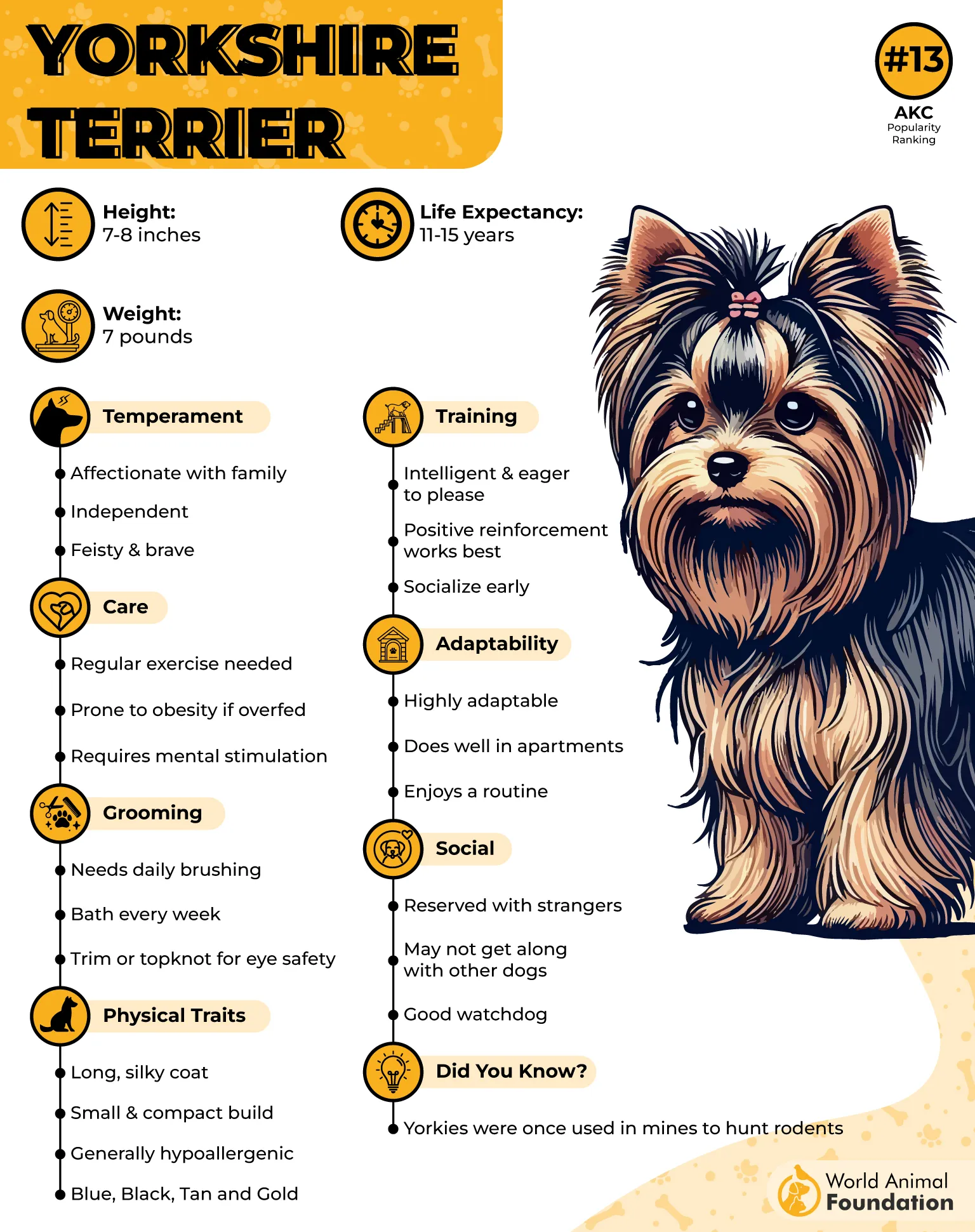
Their small stomachs and fast metabolism mean they require nutrient-dense, high-protein meals to sustain their high energy levels. However, they can be particularly fussy about food temperature, smell, and texture, often preferring fresh, warm, and moist foods over dry kibble.
Historically bred for hunting rodents in textile mills, Yorkies have retained an independent streak, which extends to their eating habits. If they don’t like what’s on the menu, they have no problem stubbornly waiting for something better, even if that means skipping meals entirely.

To encourage healthy eating, owners may need to add natural food enhancers, such as a splash of broth or finely chopped cooked meat, to entice their picky Yorkie. However, excessive pampering can make their picky habits worse, leading to nutritional imbalances.
2. Maltese

The Maltese is an elegant toy breed with a flowing white coat and aristocratic charm. These small dogs are notorious for being picky eaters, often refusing food unless it meets their exact standards. Their delicate digestive systems and sensitive stomachs make it even harder to find meals they will consistently enjoy.
Unlike some dogs that eat out of hunger, Maltese dogs eat only when they feel like it, sometimes skipping meals entirely if they are not in the mood. Owners frequently struggle with keeping their Maltese interested in food, as they can quickly get bored with the same flavors and textures.
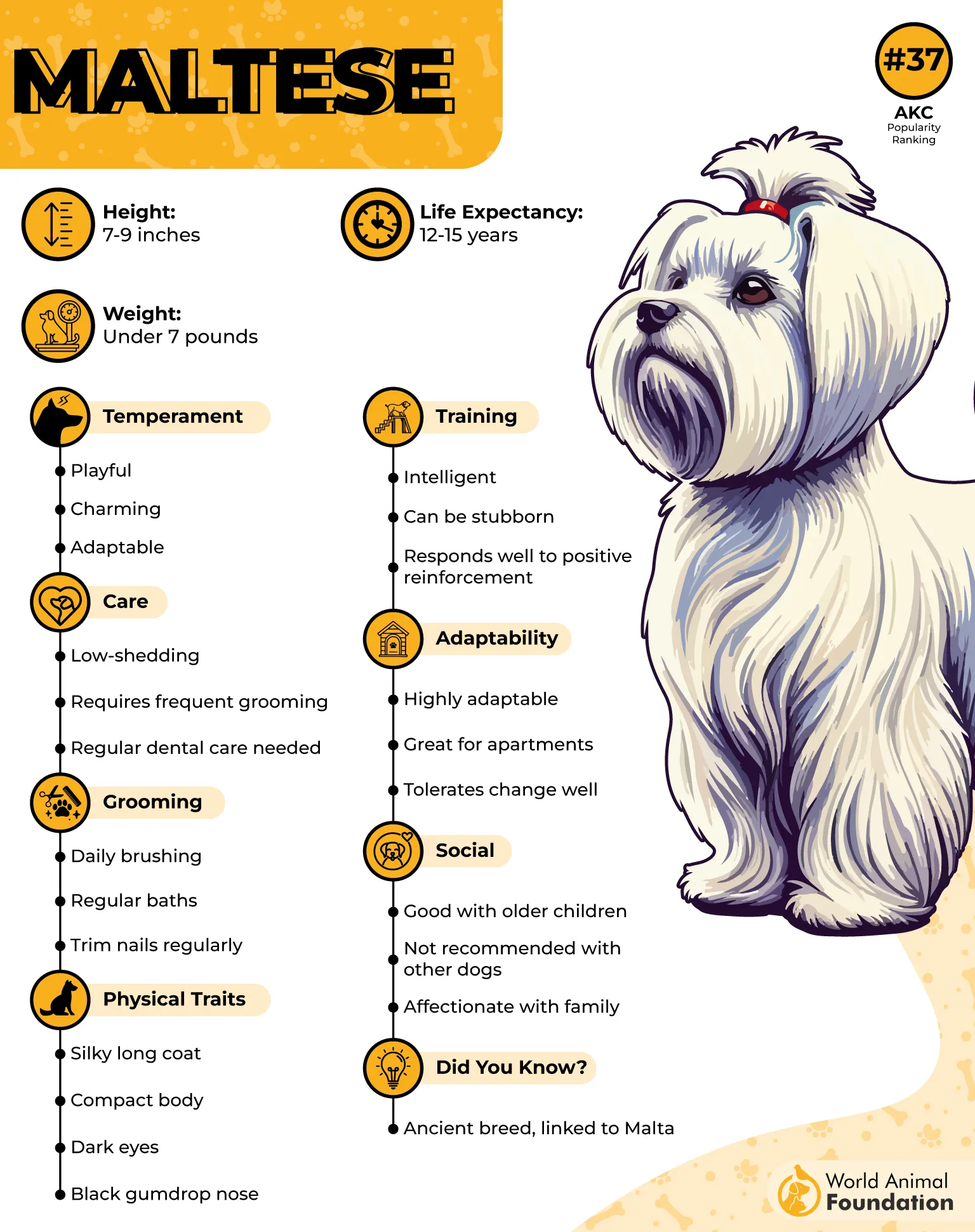
This breed’s royal lineage plays a role in its demanding eating habits. Originally bred as lapdogs for nobility, they were often spoiled with high-quality food. Today, they continue to expect a luxurious dining experience, often preferring freshly prepared meals over commercial dog food.
Another factor influencing their picky behavior is their emotional sensitivity. Maltese dogs are deeply attached to their owners, and if they experience stress, loneliness, or separation anxiety, they may lose their appetite entirely. Some pet owners notice their Maltese will eat only when they are hand-fed or sitting close by.
To manage their picky eating, it’s best to offer puppies small, frequent meals with a variety of textures. Many owners find success by incorporating high-quality wet food, lightly cooked meats, or food toppers to make meals more appealing. However, overindulgence can lead to obesity, a common concern for the breed.
3. Shih Tzu
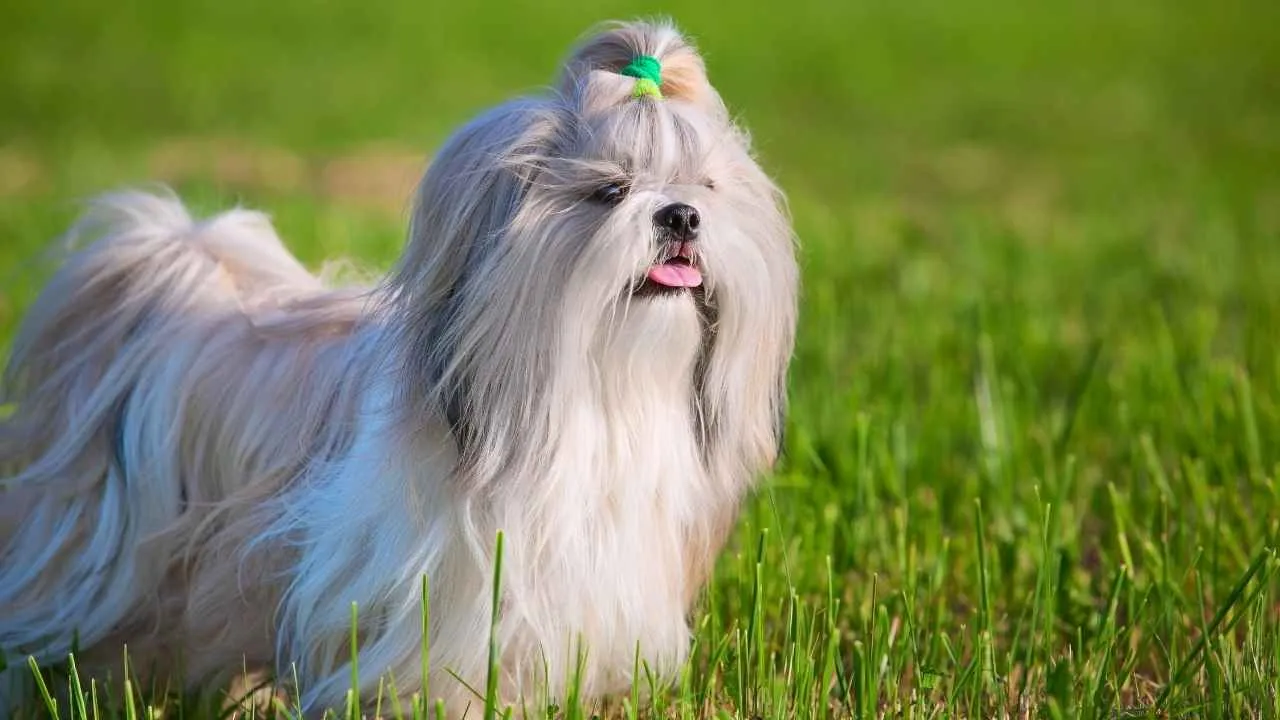
The Shih Tzu, known for its royal heritage and affectionate nature, is another breed that takes its time choosing meals carefully. These stubborn and strong-willed dogs don’t just eat whatever is in their bowl—they have specific preferences and will refuse food that doesn’t meet their standards.
One of the reasons Shih Tzus are among the pickiest-eating dog breeds is their brachycephalic (flat-faced) anatomy. Their short snouts can make chewing and swallowing difficult, leading them to reject dry kibble or large food chunks. They often prefer soft, moist, or small-bite-sized food that’s easy to eat.
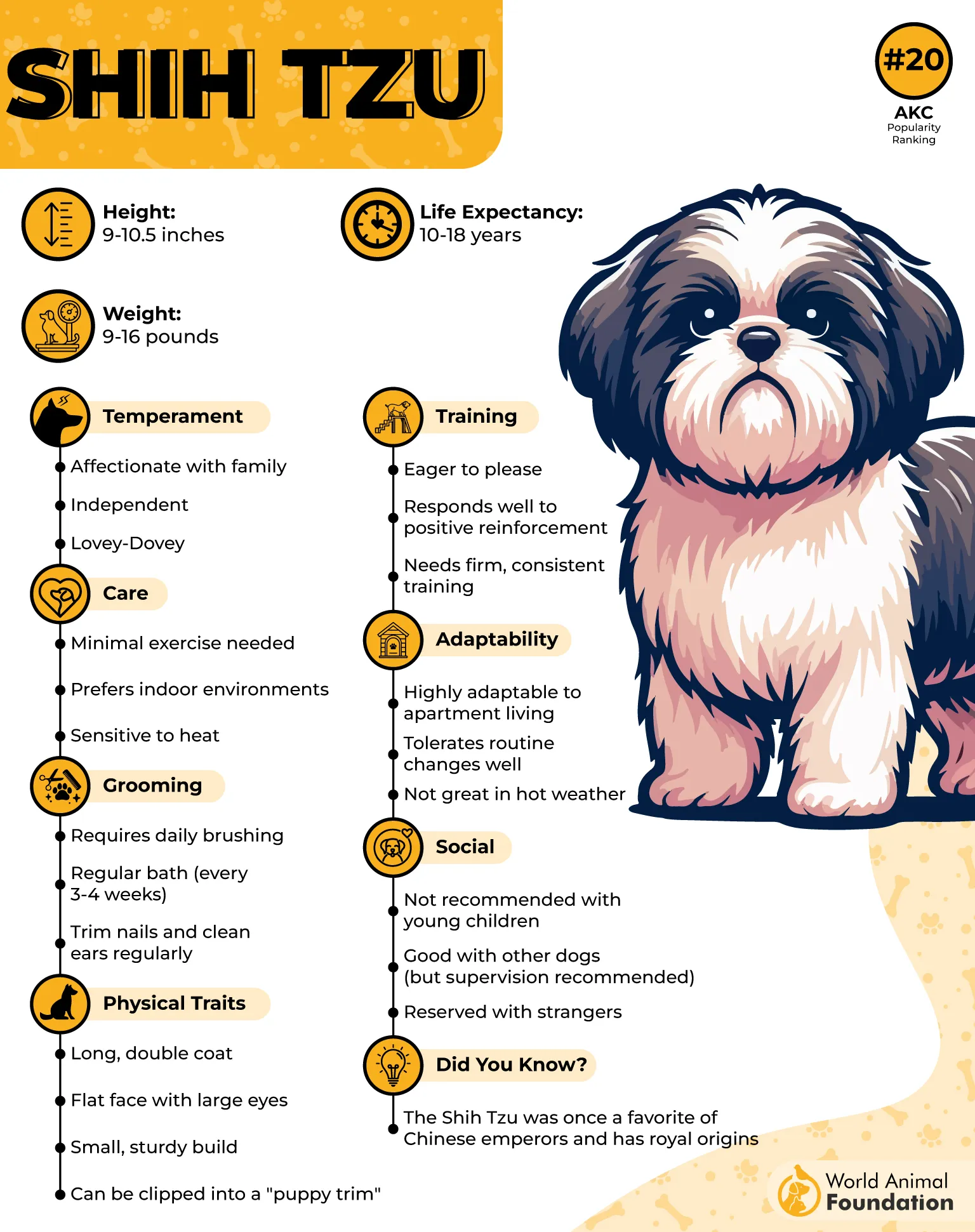
Their royal past also influences their attitude toward food. As lapdogs bred for Chinese emperors, Shih Tzus were accustomed to being pampered, and their eating habits reflect that history. Many will hold out for hand-fed meals, homemade food, or something more flavorful if they know they can get away with it.
Another reason for their picky eating habits is their preference for aromatic food. Unlike some breeds that eat indiscriminately, Shih Tzus rely on smell over sight when selecting food. If a meal lacks a strong aroma, they may sniff it and walk away.
To keep them eating well, owners should provide small, frequent meals with varied flavors. Mixing in warm water or broth can enhance the aroma, making food more appealing to these discerning little eaters.
4. Dachshund

Dachshunds, known for their long bodies and bold personalities, are surprisingly choosy eaters. Some may eat anything in sight, while others refuse food that doesn’t meet their standards. This selective behavior is deeply rooted in their history as independent badger hunters.
Unlike other dogs that eat without question, Dachshunds have an instinct to be cautious with food, making them more hesitant to try new flavors or unfamiliar textures. They also have a strong sense of smell, which means if something seems off, they won’t hesitate to reject the meal entirely.
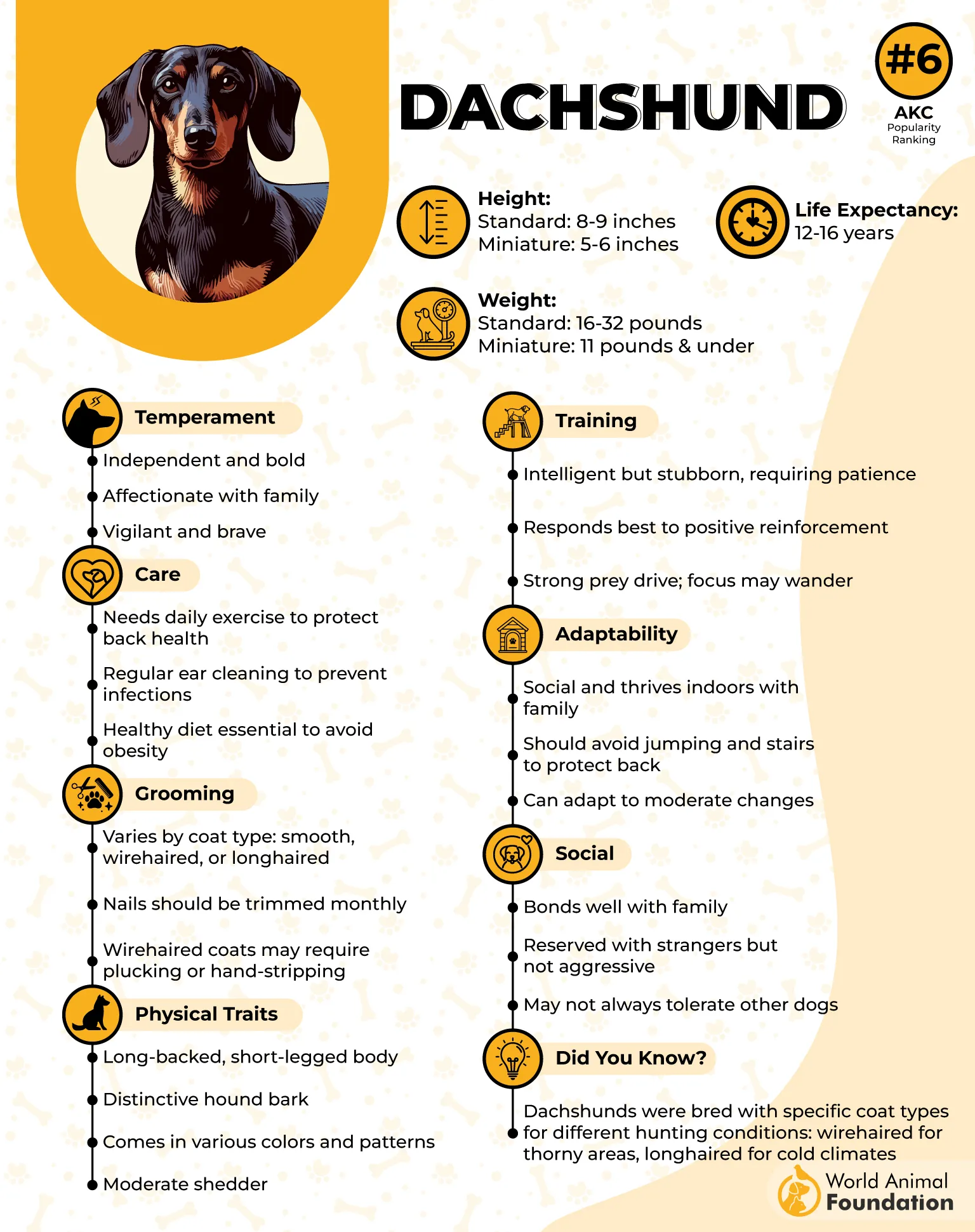
Their high metabolism and small size require a nutrient-dense diet, but their picky eating can lead to weight fluctuations. Some Dachshunds will eat heartily one day and barely touch food the next, making it challenging for owners to establish a consistent feeding routine.
One common issue with Dachshunds is their dental health. They are prone to tooth and gum problems, which can make chewing dry kibble uncomfortable. Owners often find success with moistened kibble, soft food, or small-bite formulas.
To encourage better eating habits, avoiding table scraps and maintaining a strict feeding schedule is crucial. Adding variety while keeping meals balanced can help keep their interest without encouraging further picky behavior.
5. Poodle
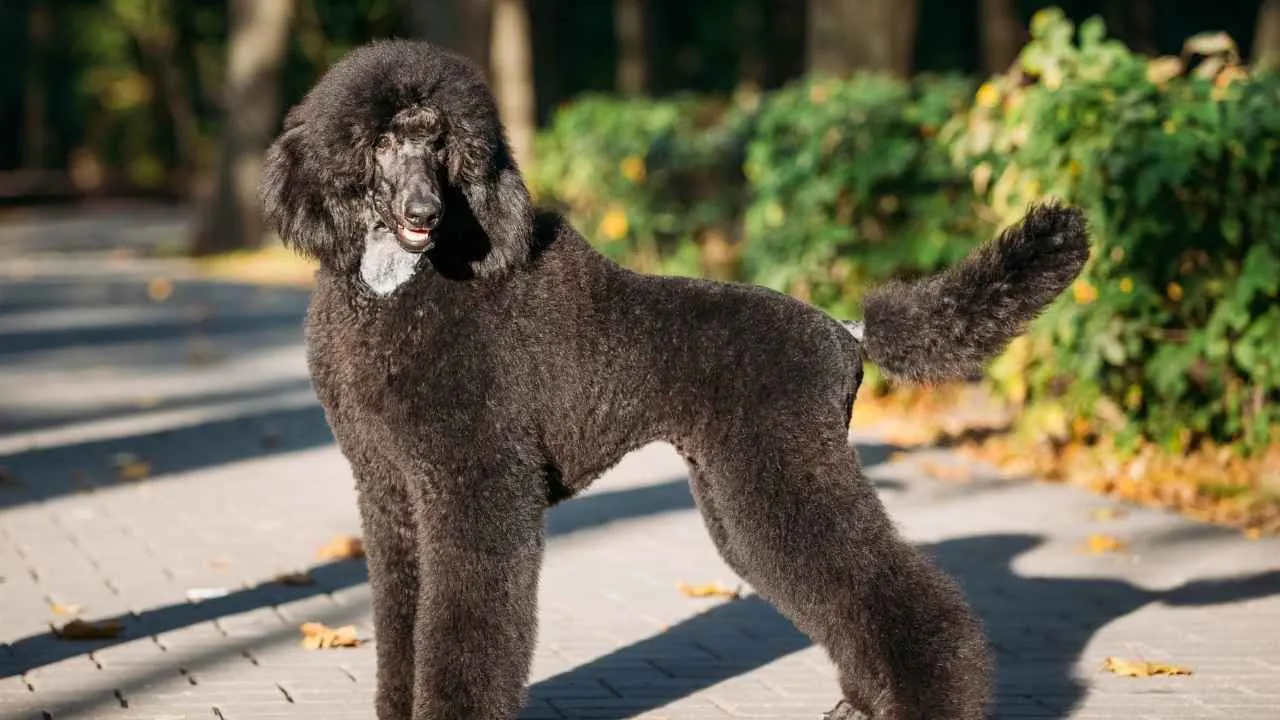
The Poodle is one of the most intelligent and elegant breeds, and that intelligence extends to its picky eating habits. These dogs quickly develop preferences, often picking through their food to eat only their favorite parts.
Poodles are known for their high energy levels and require nutritionally balanced meals to maintain their active lifestyle. However, they often refuse dry or bland food, preferring meals with more flavor and moisture.
Because of their intelligence, Poodles easily manipulate their owners into offering something better. If they realize that rejecting food leads to receiving treats or human food, they will hold out for something tastier.
Another challenge with feeding Poodles is their sensitive digestive system. Some ingredients can upset their stomach, leading them to associate certain foods with discomfort and avoid them in the future.
Owners can encourage their Poodle to eat by offering high-quality food with varied textures and flavors, such as mixing in wet food or rotating proteins. However, it’s crucial not to reinforce their picky behavior by constantly catering to their demands.
6. Cavalier King Charles Spaniel

According to PetMD, the Cavalier King Charles Spaniel is known for its affectionate nature and deep bond with its owners. This strong attachment often extends to their eating habits, making them one of the pickiest-eating dog breeds.
Cavaliers tend to be social eaters, meaning they often prefer to eat when their owners are present. If left alone, they may ignore their food entirely. Some Cavaliers even wait for hand-feeding or extra attention before eating.
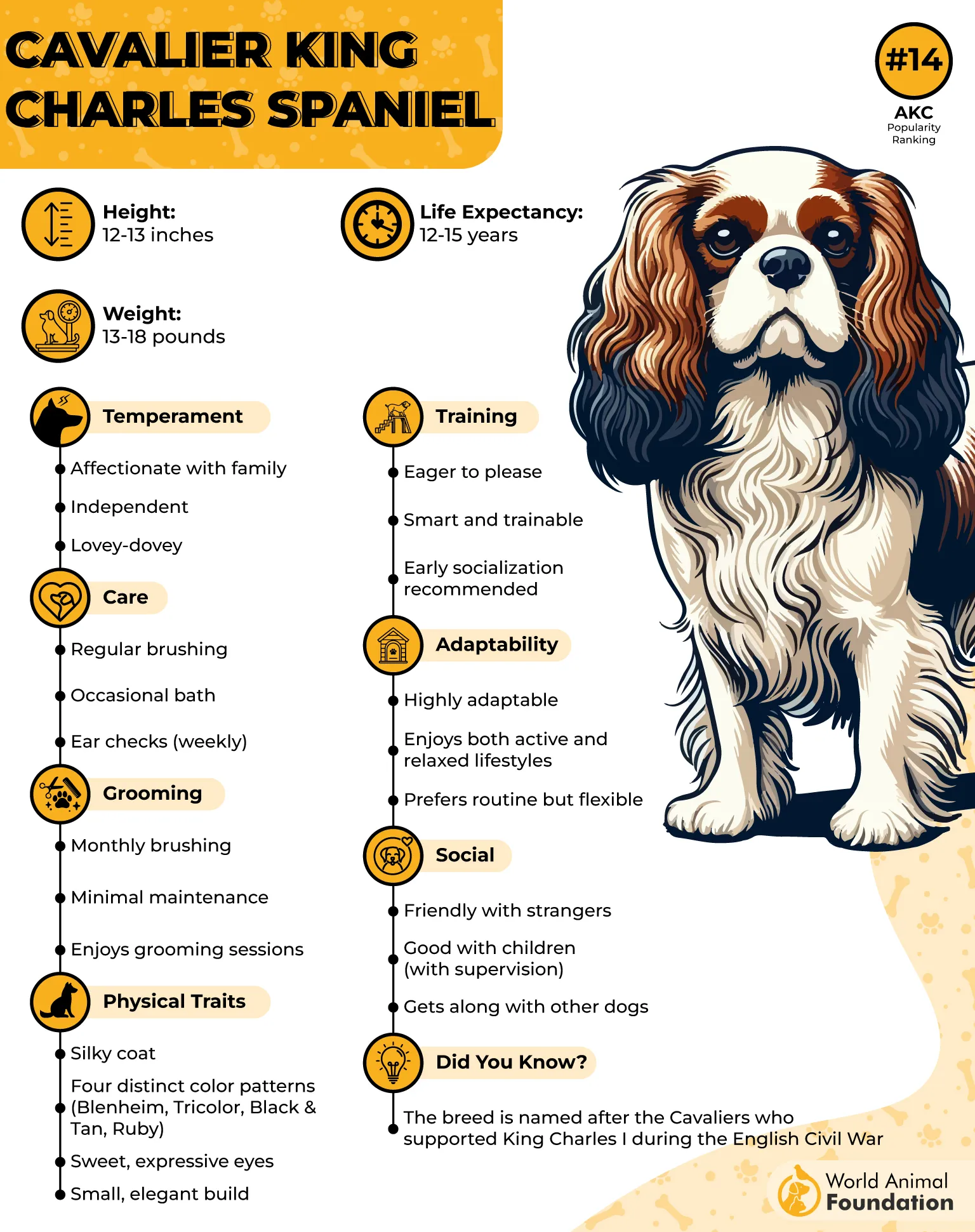
Historically, these dogs were companions to royalty, which may explain their tendency to reject unappealing meals. They prefer variety in their diet, and owners often need to rotate flavors or add small food toppers to keep them engaged.
Another factor in their fussy eating habits is their sensitivity to texture. Cavaliers often dislike overly dry food, preferring meals with a bit of moisture or added flavor.
To encourage regular eating, owners should establish consistent meal routines and resist the temptation to constantly offer new foods. Mixing in a bit of cooked chicken or broth can help make meals more enticing while maintaining a balanced diet.
7. Chihuahua

The Chihuahua, despite its tiny size, has a big personality and an even bigger attitude when it comes to its food, though. Known for being one of the pickiest-eating dog breeds, these little dogs are extremely particular about what they put in their mouths.
One of the reasons for their fussy eating habits is their stubborn temperament. Chihuahuas are highly independent and won’t hesitate to turn their noses up at food they dislike, even if they’re hungry, says AKC. If they sense that refusing food gets them something tastier, they will hold out for better options.
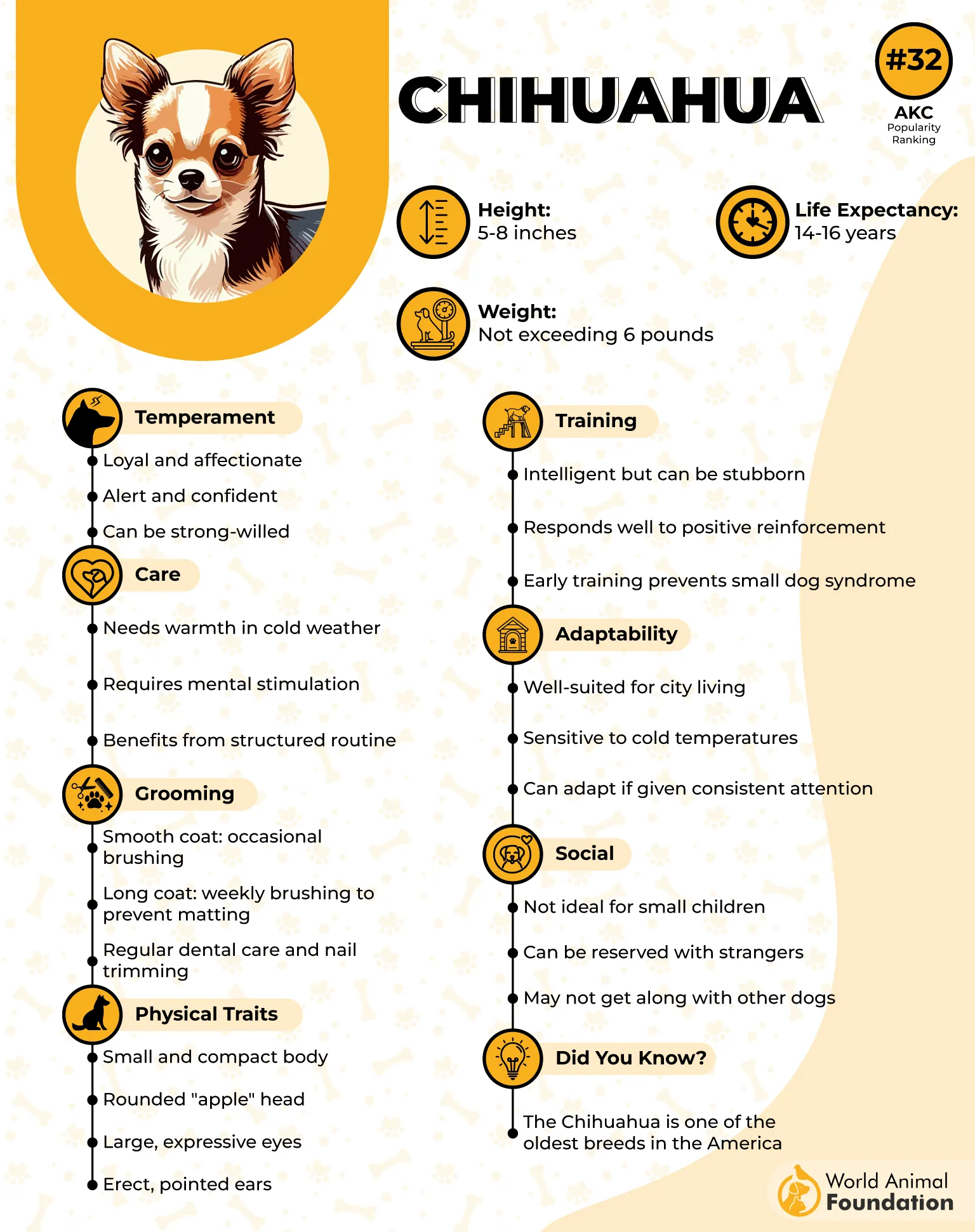
Their small stomachs and fast metabolism also contribute to their selective eating. Because they require nutrient-dense meals, certain foods might be too rich or too bland for their liking. They often prefer small, frequent meals rather than large portions.
Another challenge is their sensitive digestive system. Some ingredients, especially those high in fat or artificial additives, can upset their stomach, making them cautious about trying new foods. If a Chihuahua has had a bad experience with a certain meal, they may avoid it entirely in the future.
To keep a Chihuahua interested in food, owners may need to experiment with different textures and flavors. Many prefer moist or lightly warmed meals over dry kibble. However, giving in too much to their picky nature can lead to nutritional deficiencies or unhealthy eating habits.
8. French Bulldog
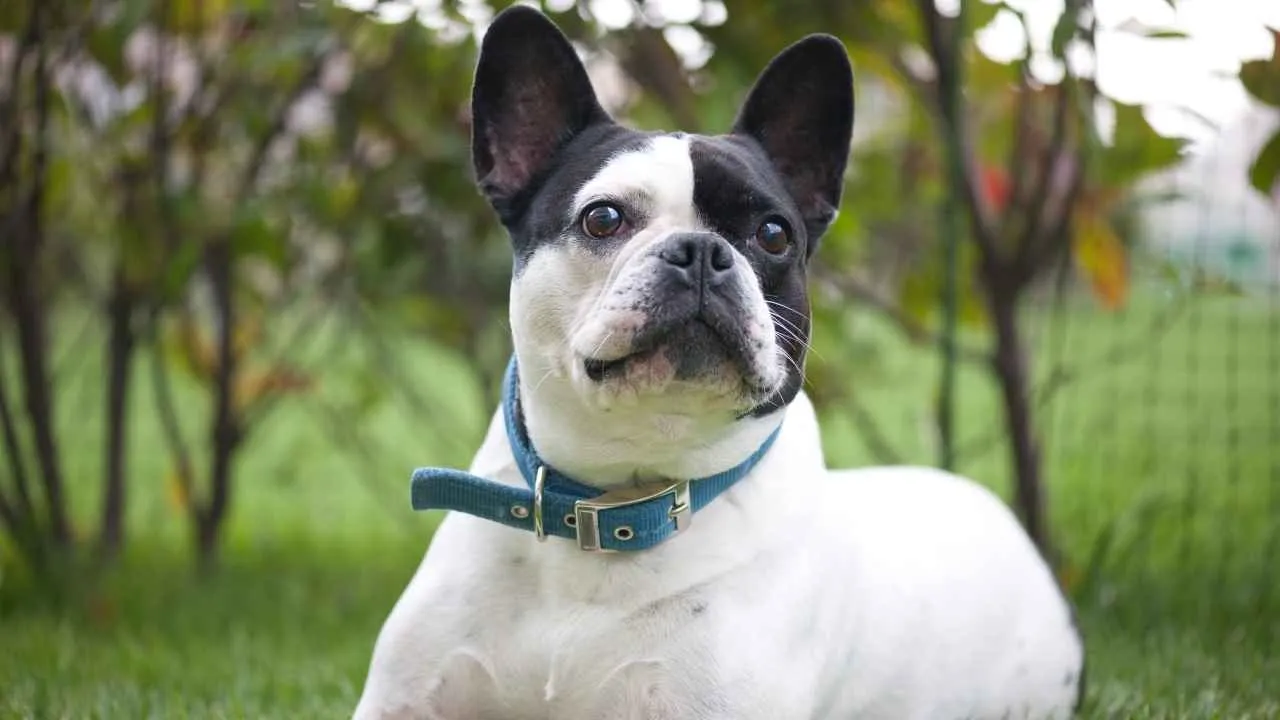
The French Bulldog, with its charming personality and affectionate nature, is notorious for being a picky eater, says Purina. These dogs have a keen sense of smell and taste, which means they carefully inspect their food before deciding whether to eat it.
One of the biggest reasons for their selective eating is their brachycephalic (flat-faced) skull structure. This makes it difficult for them to chew and swallow certain food textures, leading them to prefer softer, smaller-sized kibble or wet food.
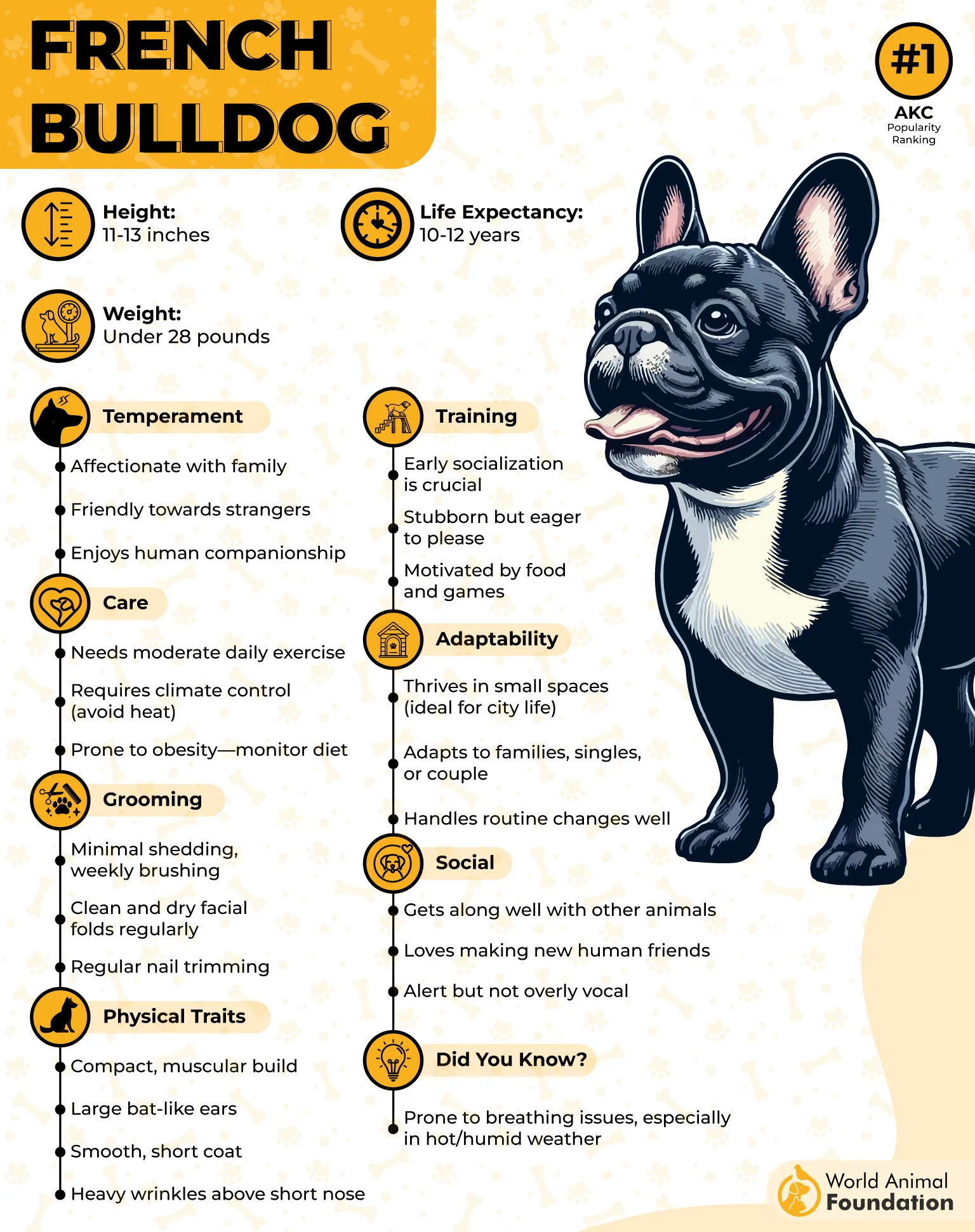
French Bulldogs also have a sensitive stomach, which makes them prone to food intolerances and allergies. If a particular ingredient doesn’t sit well with them, they may refuse to eat it again, even if they previously enjoyed it.
Their intelligent and stubborn nature means they quickly learn that refusing food can lead to something tastier being offered. Many owners unintentionally reinforce their picky behavior by offering treats or human food when their Frenchie won’t eat.
To manage their fussy eating habits, it’s best to establish a consistent feeding schedule and avoid excessive pampering. Mixing in natural food toppers like broth or fresh meat can encourage them to eat without reinforcing bad habits.
9. West Highland White Terrier
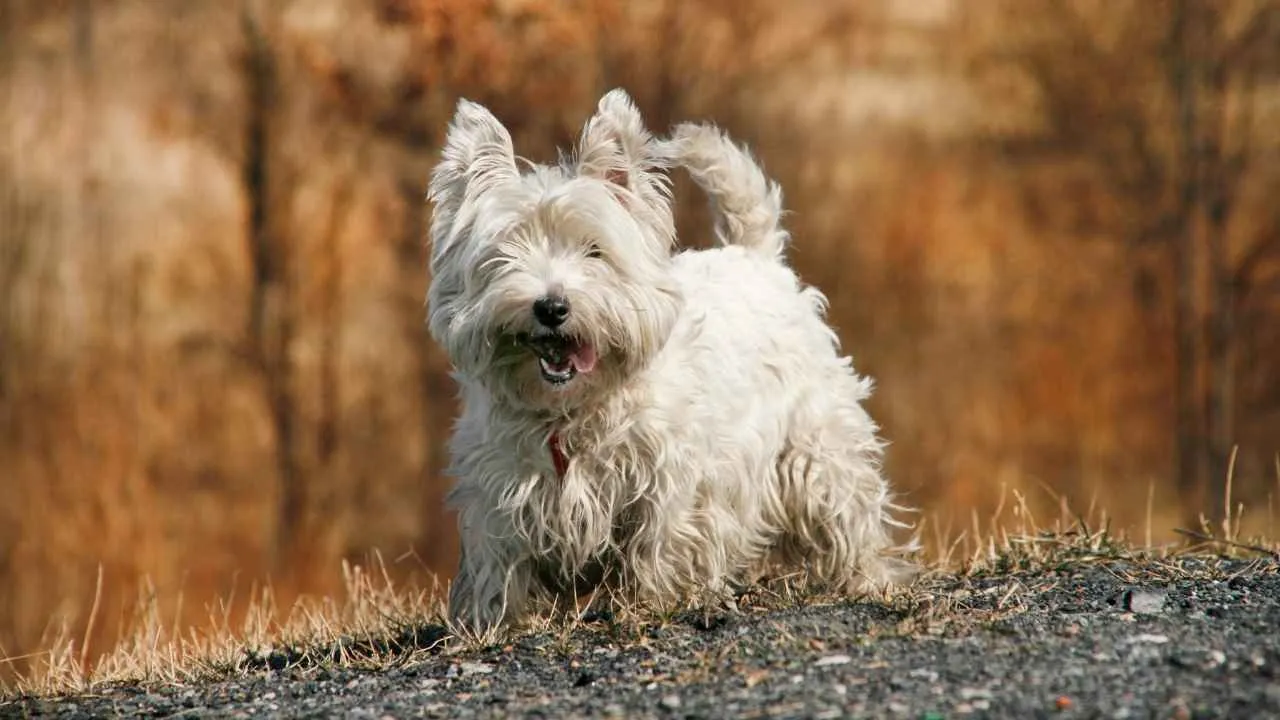
The West Highland White Terrier, or Westie, is a small yet strong-willed breed known for its independent personality—a trait that extends to mealtime. They are among the pickiest-eating dog breeds, often rejecting food that doesn’t appeal to them.
Westies tend to prefer high-quality, flavorful meals over bland kibble. Unlike some dogs that eat out of hunger, a Westie will skip meals rather than settle for food they don’t like. This can be frustrating for owners trying to maintain a balanced diet.
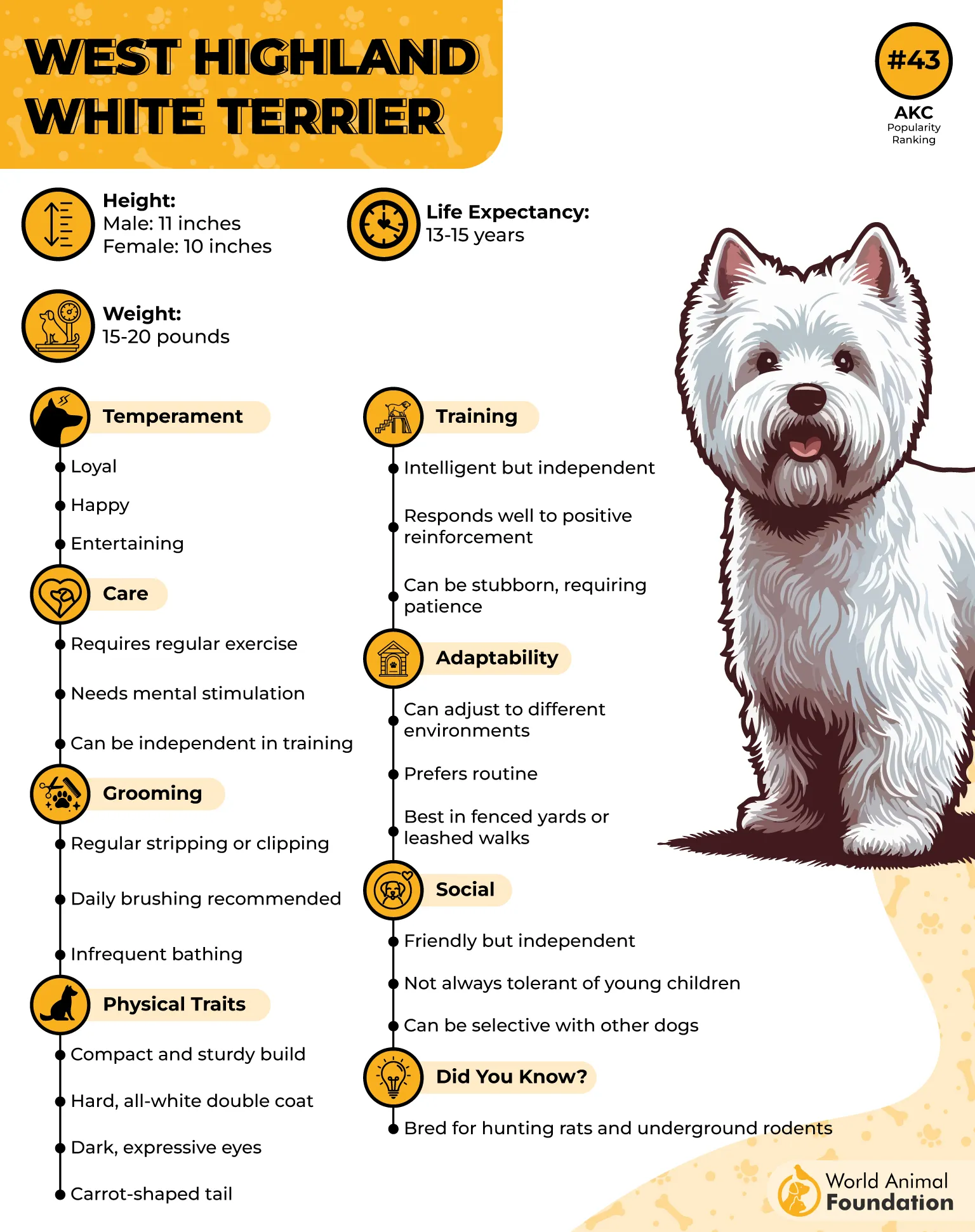
They are highly intelligent, and their alert nature makes them notice changes in food texture, smell, or temperature. If something seems off, they may refuse to eat altogether. Some Westies even develop preferences for certain protein sources, making it difficult to keep them on a consistent diet.
Another factor influencing their picky nature is their high energy levels and active lifestyle. If they are overly engaged in play or exploration, they may lose interest in food, making meal times unpredictable.
To keep a Westie interested in food, owners can try rotating protein sources or adding small amounts of fresh food to their meals. However, it’s important not to let them dictate their diet entirely, as indulging their preferences too much can lead to nutritional imbalances.
10. Boston Terrier

The Boston Terrier, often called the “American Gentleman,” is both intelligent and affectionate, but they also happen to be one of the pickiest-eating dog breeds.
A major reason for their fussy eating habits is their brachycephalic (flat-faced) anatomy, which makes it harder for them to chew and swallow certain food textures. Dry kibble or large food pieces may be difficult for them to eat, causing them to reject meals they find uncomfortable to chew.
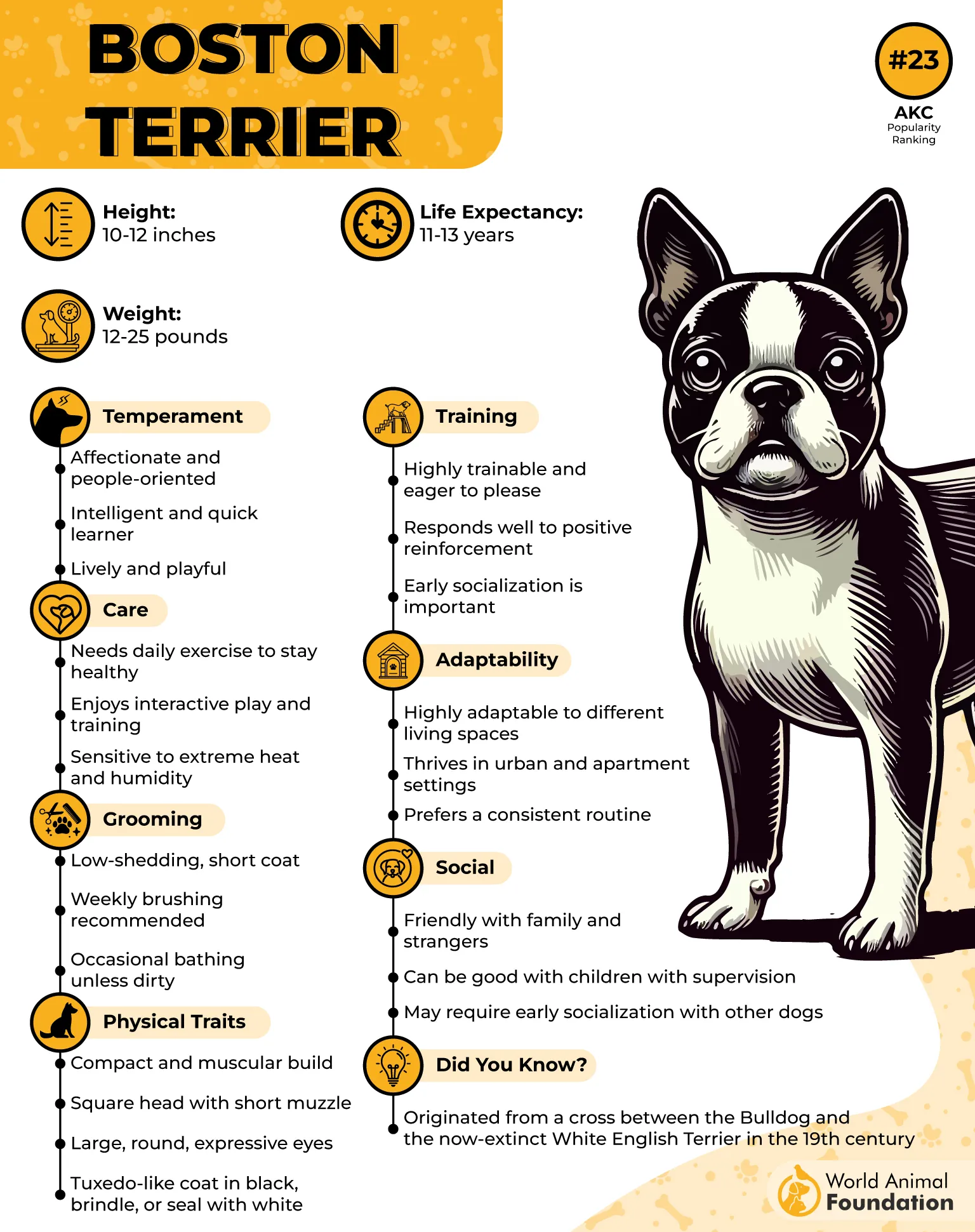
Boston Terriers are also highly social and attention-seeking, sometimes refusing food just to get their owner’s attention. If they sense that ignoring their meal leads to hand-feeding or special treats, they may continue the behavior.
Their strong food preferences mean they may pick through their meals, eating only the ingredients they like while ignoring the rest. Some Boston Terriers prefer soft, moist food over crunchy kibble, while others favor specific flavors and will refuse unfamiliar foods.
Their energy levels also play a role in their eating habits. If they’ve had an active day, they may eat eagerly, but if they’ve been less active, they might show less interest in food.
To encourage a Boston Terrier to eat, owners should experiment with different food textures and flavors while keeping a consistent meal routine. However, giving in too much to their picky behavior can reinforce the habit, making mealtime a constant struggle.
Conclusion
Feeding the pickiest eating dog breeds can be frustrating, as their picky eating habits often lead to full bowls being left untouched. Unlike Cavalier King Charles Spaniels, which tend to eat regularly, certain dog breeds are more likely to turn away from their food in favor of human food or tasty treats. Ensuring they consume a balanced diet is crucial to avoid potential health concerns. If your dog’s appetite suddenly decreases, it’s important to rule out an underlying medical condition with a visit to the veterinarian.
Many small dogs, such as the Shih Tzu, have delicate digestive systems, making them sensitive to certain ingredients in dog food. Others may simply be fussy eaters, preferring specific textures, like wet food over kibble, or certain flavors that appeal to their taste. Owners should be mindful of sneaky snacks that their pup might consume outside of mealtimes. This can reinforce a picky dog’s eating habits and cause them to leave food in their food bowl.
To address picky eaters, consider making meals more enticing by rotating dog treats, mixing in different flavors, and using training tools to encourage better eating habits. Avoid giving certain types of food that may not meet their nutritional needs, and stick to a consistent meal time to prevent challenging behavior.


